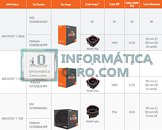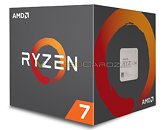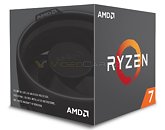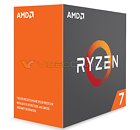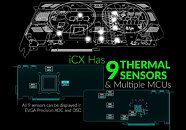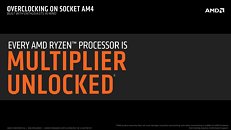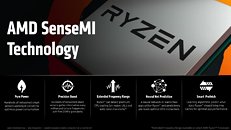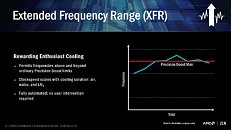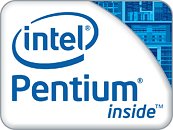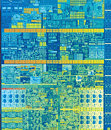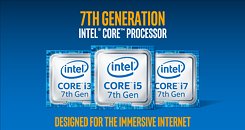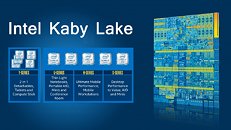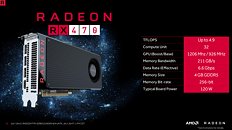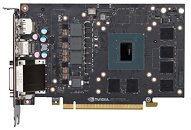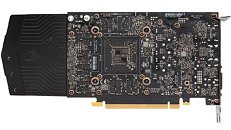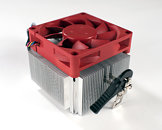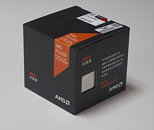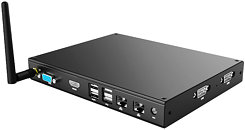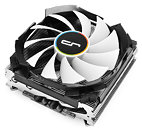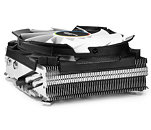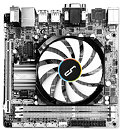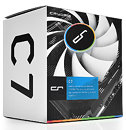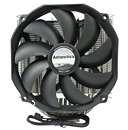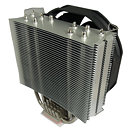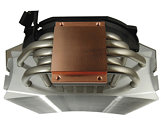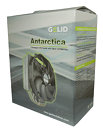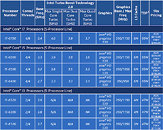
AMD Ryzen Stock Cooling Solutions Detailed
AMD is expected to package its upcoming Ryzen desktop processors in five ways - OEM trays (for system integrators and big pre-built PC manufacturers), PIB (processor in a box) with its basic fan-heatsink cooling solution, PIB with the new Wraith Spire cooling solution; PIB with the new Wraith Max cooling solution, and WOF (without fan-heatsink consumer). You can find the various models of Ryzen processors listed in our older article.
AMD's first wave of Ryzen processors consist of 65W and 95W TDP chips. Some of the more cost-effective models, such as the quad-core Ryzen R3 and SMT-equipped quad-core Ryzen R5, and certain variants of the six-core Ryzen R5, which have their TDP rated at 65W, could include AMD's basic cooling solution. According to XFastest, this cooler will look identical to the ones AMD used to bundle with its FX-series processors, before it innovated its Wraith cooling solution (representative image below). These coolers were being bundled with 125W TDP FX-series chips, and will now be re-tuned for low noise for the 65W TDP Ryzen chips, and will feature AM4 compatibility. Given this, we expect them to do a good job.
AMD's first wave of Ryzen processors consist of 65W and 95W TDP chips. Some of the more cost-effective models, such as the quad-core Ryzen R3 and SMT-equipped quad-core Ryzen R5, and certain variants of the six-core Ryzen R5, which have their TDP rated at 65W, could include AMD's basic cooling solution. According to XFastest, this cooler will look identical to the ones AMD used to bundle with its FX-series processors, before it innovated its Wraith cooling solution (representative image below). These coolers were being bundled with 125W TDP FX-series chips, and will now be re-tuned for low noise for the 65W TDP Ryzen chips, and will feature AM4 compatibility. Given this, we expect them to do a good job.
